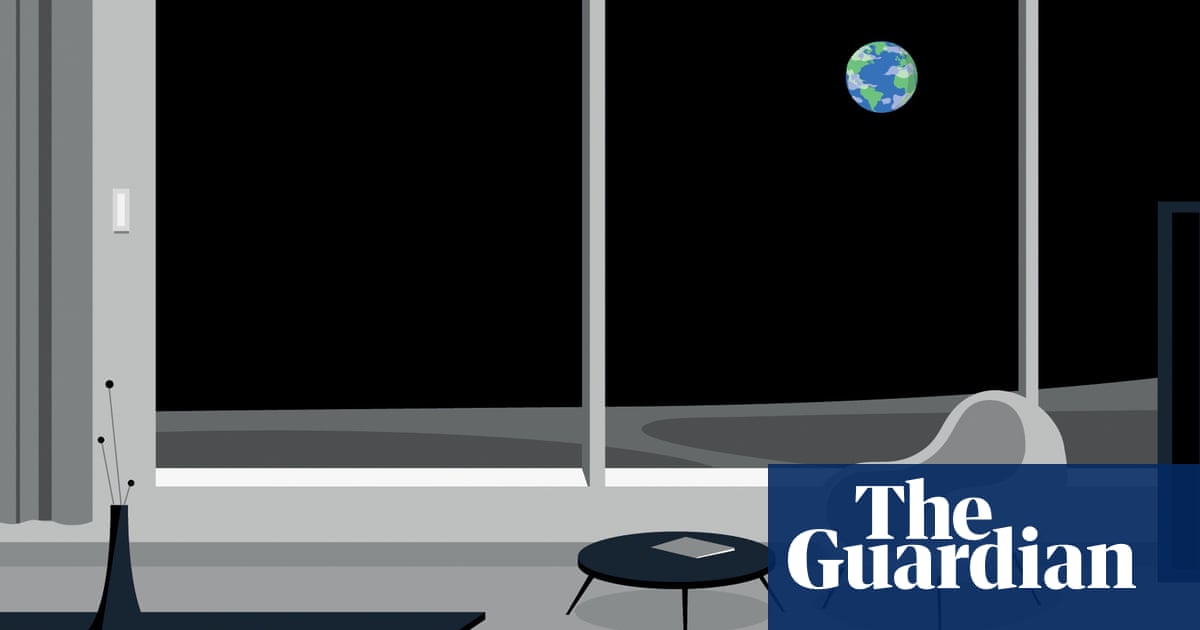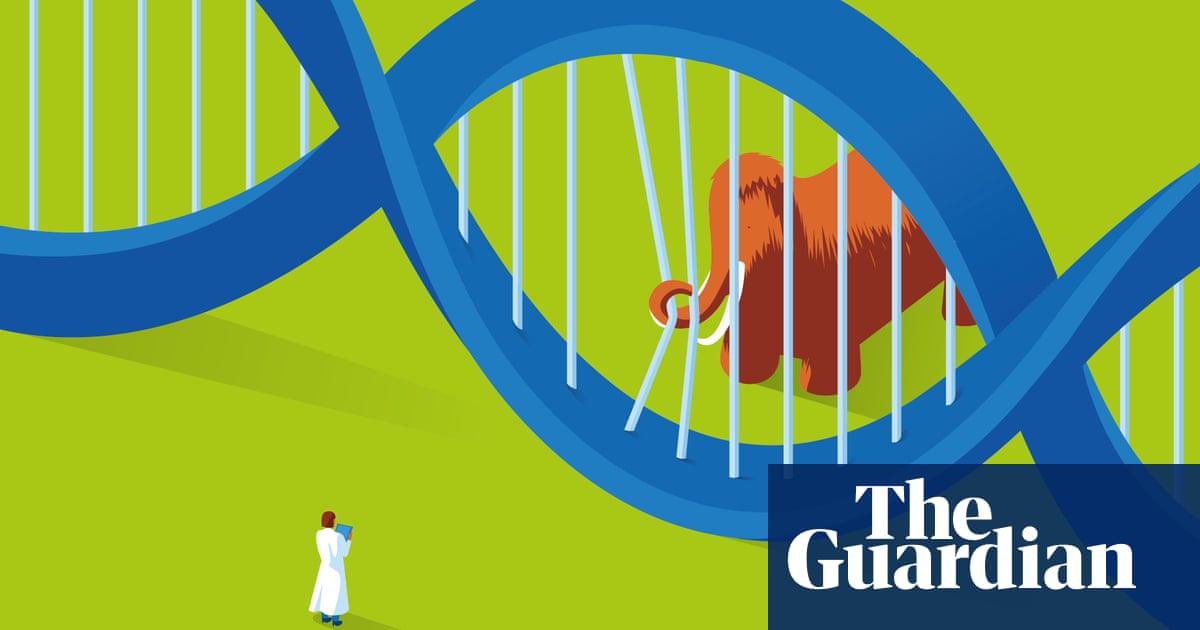
April isn’t the cruellest month – January is. There is no other time of year when we are as prone to navel-gazing, often literally, as this one. In this period of anxiety about the size of our waists and what we consume, simple dietary rules are appealing. “Eat like our ancestors” is a particularly catchy slogan to live by, at least on the surface.
But who exactly are these ancestors we are supposed to emulate? Are they our great-great-grandparents, cooking wholesome things from scratch? Or are they that nebulous group of hairy low-browed brutes we imagine “cavemen” to be? The popular “paleo” diet pins modern health woes on the birth of agriculture, claiming that we should stick to eating meat, nuts and berries. Strict paleo dieters are forbidden from eating beans, as well as potatoes and grains.
This kind of stone age reenactment has rather a loose grip on history, however. For starters, it’s based on the false premise that palaeolithic peoples all ate the same food, regardless of their location. Somerset’s 9,000-year-old Cheddar Man, who scientists tell us was rather disappointingly lactose-intolerant, would not have eaten the same foods as his contemporaries on the Kenyan savannah. Geography, climate and culture shaped the food choices of humans of the past as they do today. The amount of meat people ate, and how much was obtained by hunting versus scavenging, is also up for debate. Founded on what Giles Yeo refers to as the “‘Fred Flintstone and his brontosaurus ribs’ school of pre-history”, the paleo fad has a streak of solipsism as well as hubris and fantasy. It is focused almost exclusively on what’s perceived to be good for our bodies, without any concern for the rest of nature, including other humans whose livelihoods are threatened by western overconsumption.
Conversations about how to eat well and recreate the habits of the past often feature a selective suspicion of science and technology. What is supposedly “natural” – a category that includes polio, death in childbirth and poisonous mushrooms – is conflated with what is good or right. Professor Heidi Larson has observed a clustering of identity markers on social media – “paleo, gluten-free-diets, home births” – with anti-vaccine sentiment. Beneath the intellectualisation, there is a gnawing sense of alienation from our bodies, and disenchantment with modern lifestyles.
Yet attempts to recreate the past are not only misguided but impossible. The fruit and vegetables we eat today are the result of many generations of tampering with the genetics of once-wild plants. Growing cereal crops is necessary to feed populations that hunter-gatherer lifestyles could not sustain. Processing food in some way, whether by cooking, fermenting or drying it, has allowed us to obtain more energy from it, made it safer, and helped us to preserve it for leaner times.
Which is not to say that some of the changes we’ve made to our food and the way it’s produced are not harmful to our bodies, other animals and the environment. While we are living longer than ever, modern life can make us sick. Eating lots of ultra-processed foods – with excess salt and sugar, emulsifiers, inverted corn syrup, flavourings and colourings – is associated with an increased risk of a range of diseases. Such foods are often designed to be hyperpalatable, hitting a sweet spot of sugar, salt and fat that makes them devilishly moreish. Michael Pollan’s suggestion that we should be wary of things our great-grandmothers wouldn’t recognise as food is a reasonable but blunt instrument to help avoid these. Mine would certainly be mystified by a wedge of Stinking Bishop.
Were I to eat like my own Punjabi farming great-grandparents, I’d breakfast at dawn on a glass of fresh lassi and a hot chapati with a fist-sized lump of cultured butter, lunch on seasonal fruit, and dine on lentils and roti. Wild honey from a forest beehive would be a precious treat, often reserved for the sick. On the rare occasion that someone’s bullock broke a leg, it would be slaughtered and the meat distributed throughout the village. This diet is based on the wheat and dairy staples that people in the Punjab have relied on for probably at least the last two millennia – the sanskrit hymns of the Rig Veda are drenched with references to milk and butter. But as delicious and “authentic” as it might be for me to follow its lead, the ethics of industrially farmed dairy products in the 21st century muddies the waters.
We crave authority, and look to the ancients to tell us what to do and how to live. Ancestor worship is more ubiquitous in human culture than belief in a creator god. The romance of eating like our ancestors, whatever that means, can obscure ethical considerations in a haze of nostalgia.
Now, probably more than ever before, what we eat connects us to the fate of other beings, human and non-human, and to the fate of our planet. With this in mind, choosing to be deliberate about what we eat, and cooking it ourselves if we have that privilege, can only be a good thing. But a dogmatic approach to this would be a mistake. Better to preserve what’s worth keeping, let go of what isn’t and remain clear-eyed about our culinary past – much of which is unknowable, unethical and impossible to replicate in any case. As we resolve once again to live better this year, neither Rousseau’s noble savage nor Great-Aunt Ethel need dictate what’s for dinner.
Further reading
Cook As You Are: Recipes for Real Life, Hungry Cooks and Messy Kitchens by Ruby Tandoh (Serpent’s Tail, £19.99)
Why Calories Don’t Count: How We Got the Science of Weight Loss Wrong by Giles Yeo (Orion Spring, £14.99)
In Defense of Food: The Myth of Nutrition and the Pleasures of Eating by Michael Pollan (Penguin, £9.99)












